The Evolution of Sex Part 3: On the Genetic Superiority of Women
Dec 24, 2025The Best Sipping Tequilas In Production Today: 2024 Edition
- Sep 18, 2024
- 0 Comments
513
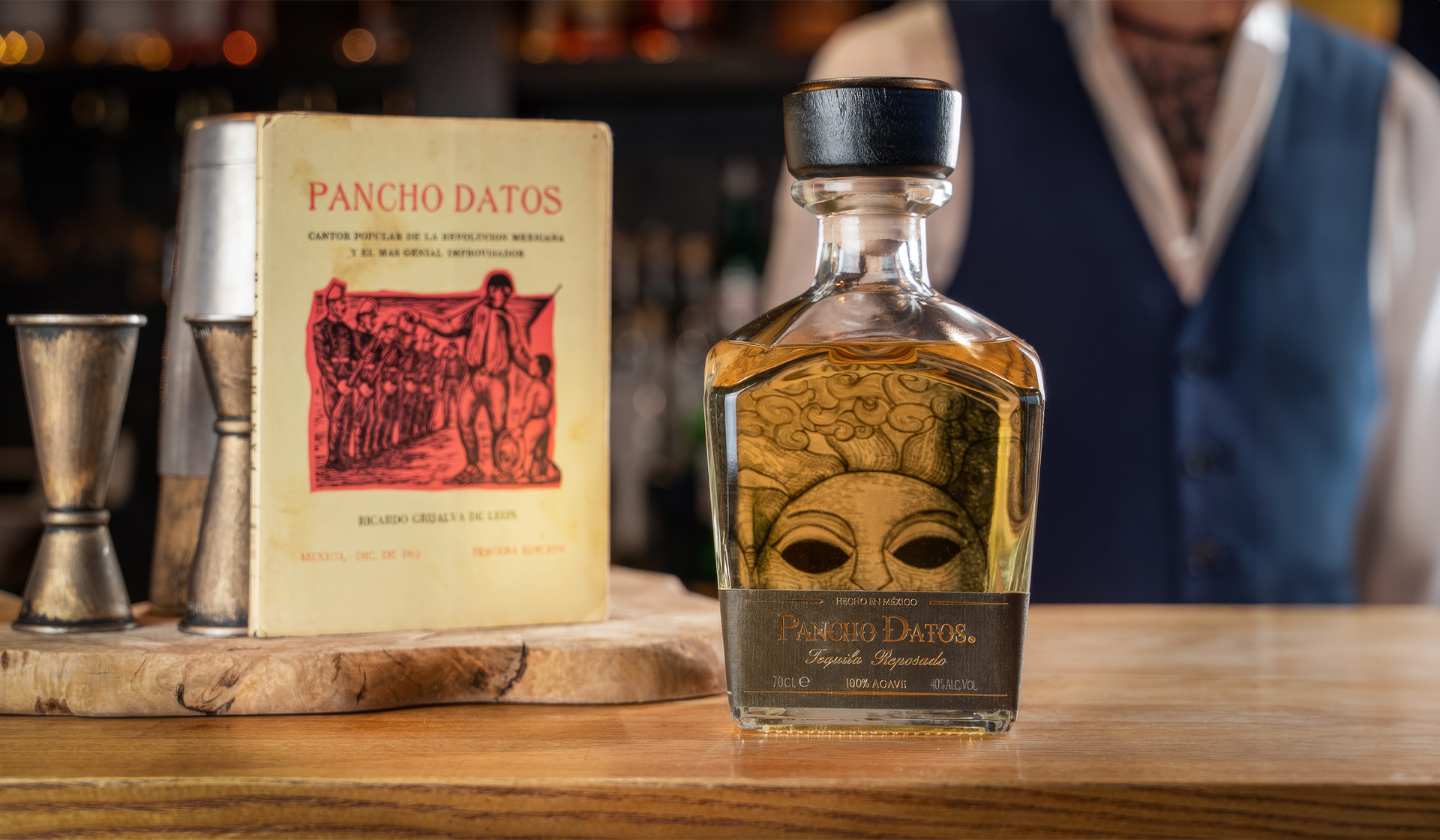
Tequila is one of the fastest-growing spirits categories in the world. The poor reputation of the past, where it was the party shot of choice with a slice of lime and a pinch of salt, is fading as more premium products appear on the market aimed at the discerning drinker. The spectrum of aroma and flavour in tequila can be hugely complex, and many can be sipped and savoured like a fine Scotch whisky or Cognac.
Therefore, we called upon the help of agave spirits expert and educator Zalorén González, to construct a list that showcases some of the best tequilas for this purpose.
ArteNOM | 1414 Reposado
Handcrafted throughout, ArteNOM is a tequila for people who know tequila. It is distilled in the town of Arandas in the Jalisco region by the Vivanco family, who started as agave farmers in the 1920s. Unusually, they ferment using wild yeast in open-topped vats, producing a slightly different flavour profile than many expect. The number on the label is the number of people who have been involved in making that specific tequila.
This reposado has been matured in American oak ex-bourbon barrels. This, combined with the wild yeast fermentation and double distillation, creates a complex profile.
Expect notes of butterscotch, caramel and vanilla married with cinnamon spice, floral honey, drying oak and a peppery kick. A late hint of bread dough and yeast adds further depth of flavour.
Buy now at Master of Malt
Fortaleza | Still Strength
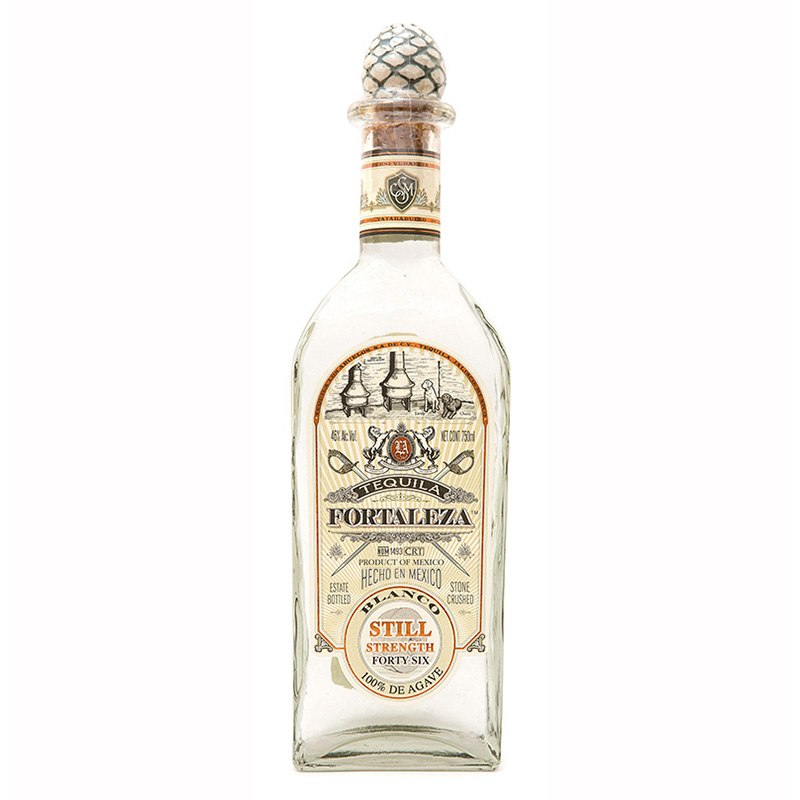

Fortaleza is the brainchild of Enrico Sauza, the former owner of the famous Suaza tequila distillery and brand. He started his own small craft production with the aim of making tequila in the most traditional way possible. This includes cooking the piña of the agave in small brick ovens, using a stone tahona to extract the juice and distilling in small batches through copper pot stills.
This tequila is a blanco and taken straight from the still. This strength gives maximum flavour, with plenty of extra-ripe agave on show. Further notes of opulent tropical fruit, white pepper and dried grass combine superbly.
The story, production and flavour profile make this a tequila lover’s tequila. Fortaleza Still Strength is in high demand and can be challenging to get hold of, but it is worth tracking down.
Buy now at The Whisky Stock
Pancho Datos | Reposado
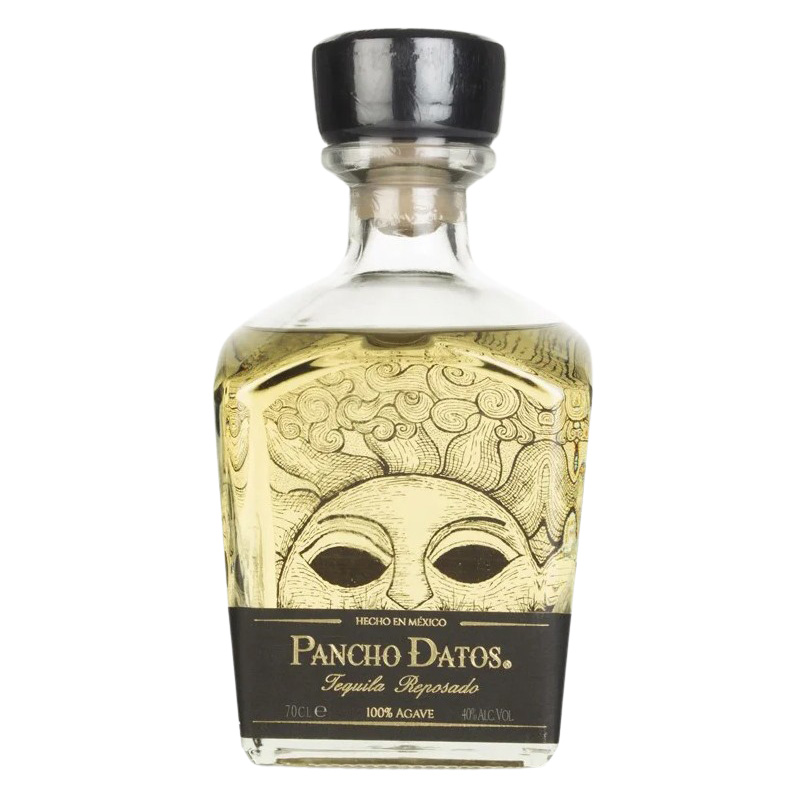

This brand is crafted from 100% Blue Weber agave and is designed precisely for sipping and savouring. Founded by Luis Carlos Grijalva, the family-run business pays tribute to his grandfather, the author Ricardo Grijalva de Leon, who wrote a series of legendary poems about the character Pancho and his experiences in the Mexican Revolution.
Pancho Datos Reposado has been rested for 10 months in American white oak barrels acquired from the bourbon industry in Kentucky. The spirit is earthy and soft, with the time in oak accentuating a delicate sweetness. Expect further notes of vanilla, caramel and white chocolate with a hint of peppery spice.
This is one to sit down, relax, and take your time with.
Buy now at Master of Malt
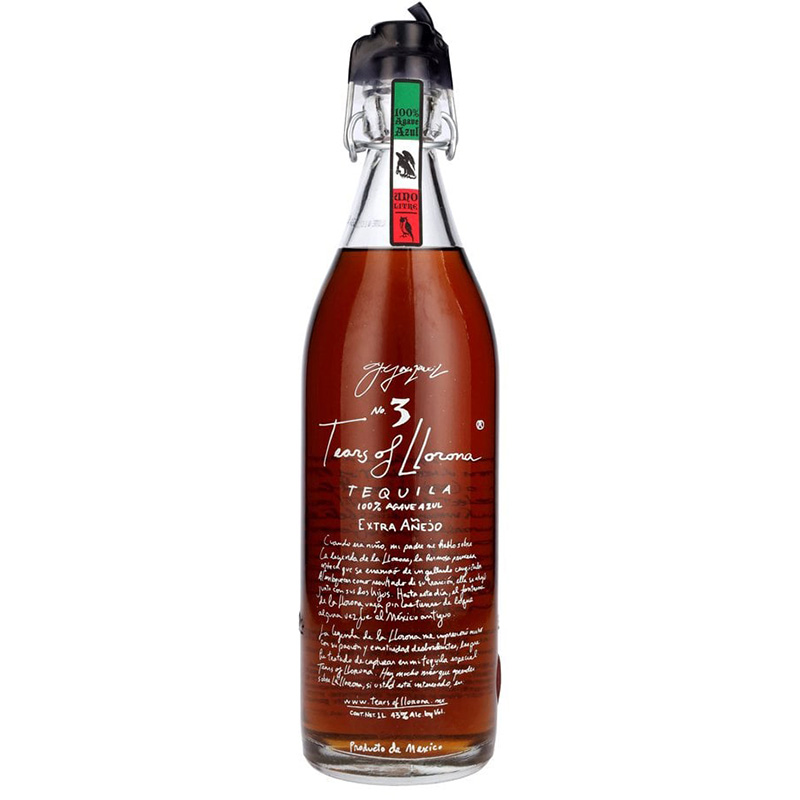

This stunning tequila is produced by Germán González, who was one of the first people to design a ‘sipping tequila’ to be enjoyed like a great whisky or Cognac. The tequila is made using 100% Blue Weber agave grown on the volcanic slopes of the Jalisco highlands and is matured for five years in three different barrel types—these have previously held Scotch whisky, brandy and sherry.
Tears of Llorona Extra Añejo is a deep, complex and multi-layered tequila that combines plenty of agave character with superb influence from the three oak barrels. Expect notes of dark chocolate, dried fruit and caramel with an elegant marriage of woody spices.
It is perfect, and it is easy to see why this tequila consistently wins some of the top worldwide awards.
Buy now at The Whisky Exchange
Volcan | Blanco Tahona
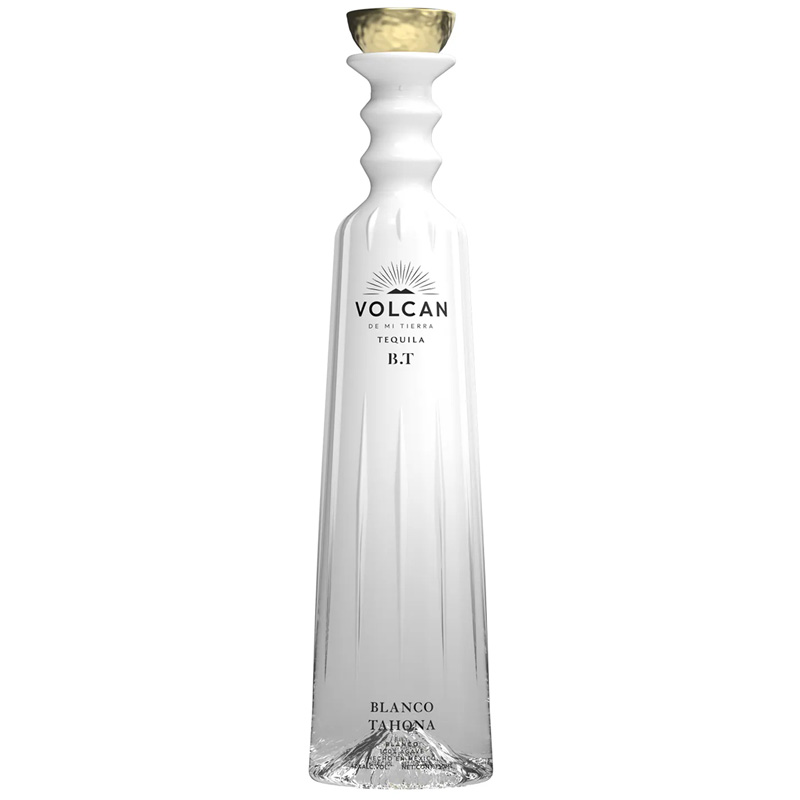

The Volcan De Mi Tierra distillery uses traditional methods to make its products. This includes clay ovens to cook their agave, followed by a tahona to crush it and extract the juice. The tahona, which gives its name to this release, is made of volcanic stone. They also use open-top fermenting tanks, and the distillery is named after a volcano in the Jalisco region.
Blanco Tahona is tequila with a difference and one that elevates the drink into the super-premium category. The bottle is a work of art – tall, elegant and striking. The tequila is a blanco and has had no ageing. It is bright and vibrant.
Earthy and dusty spices lurk and accentuate a delicious sweetness, while there are also herbal and mineralic qualities.
Buy now at House of Malt
—
What is tequila?
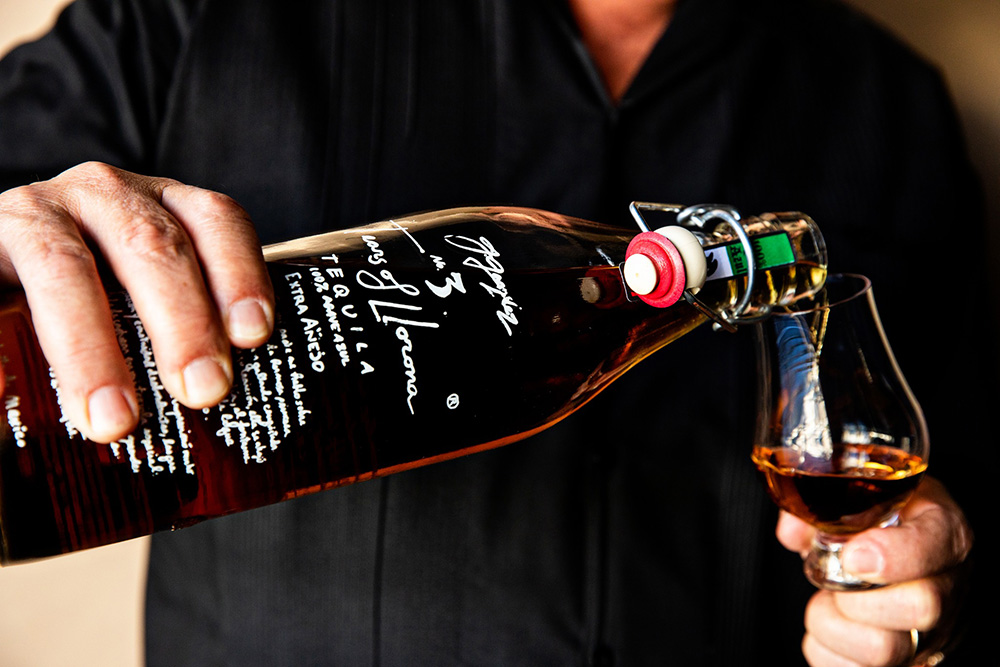

Tequila is made from blue agave, with the heart (known as the piña) of this large, succulent plant used for production. The piña is roasted to convert compounds to usable sugars, fermented and distilled to become the spirit. Like other drink regions, such as Champagne and Cognac, tequila carries a geographical distinction (DOT—Denomination of Origin for Tequila).
Strict laws govern that tequila must be produced in the Mexican region of Bajio, which includes the state of Jalisco, plus the surrounding states of Nayarit, Guanajuato Michoacán, and the northern state of Tamaulipas. Most brands hail from these areas, and if a product is not made there, it cannot legally be called tequila.
Styles include blanco (‘white’ in Spanish – these are unaged or aged for up to two months), reposado (‘rested’ in oak barrels for between two months to one year), añejo (‘aged’ between one and three years) and extra añejo (aged for three years plus).
The early drink in Mexico was called pulque. It was made from fermented sap from the agave heart and consumed by indigenous groups at festivals. As noted earlier, pulque’s production process was different from that of tequila or other agave spirits.
Importantly, the Bajio region, now the heart of tequila production, was governed by the Kingdom of Galicia rather than Spain. They told the Pope, who essentially ruled everything at the time, that if they did not let the Indigenous people have ‘vino mezcal’ (‘mezcal wine’, although it was a distilled spirit rather than a wine), then they would die.
By the late 1700s, the law stated that vino mezcal must be produced by indigenous families. This prompted the Spanish to begin marrying into indigenous groups to gain control of vino mezcal production and sales. This centred around the town of Tequila, and over time, this name became associated with the spirit, eventually lending its name to it.
Publisher: Source link







